Beyond Taste: The Economic and Health Value of Seafood Products
By. Kusni - 02 Sep 2025.jpg)
Kelolalaut.com Seafood has long been cherished for its unique flavors and diverse culinary uses, from fresh grilled fish to sushi, shrimp dishes, and frozen ready-to-cook products. But the value of seafood goes far beyond taste. For consumers, seafood provides a powerful boost to health and nutrition. For communities and nations, the seafood industry drives economic growth, creates jobs, and supports trade. Understanding both the health and economic value of seafood reveals why it is considered one of the world’s most important food resources.
The Health Value of Seafood Products
1. Rich in Essential Nutrients
Seafood is often referred to as a nutritional powerhouse. Fish and shellfish are excellent sources of high-quality protein, which is vital for muscle growth and repair. They are also low in saturated fat, making them a healthier alternative to red meats.
Most notably, many types of seafood—especially fatty fish like salmon, tuna, sardines, and mackerel—are packed with omega-3 fatty acids. These healthy fats are essential for brain development, heart health, and reducing inflammation in the body. Since the human body cannot produce omega-3 on its own, regular seafood consumption is an effective way to meet this dietary need.
2. Supporting Brain and Heart Health
Studies have consistently shown that people who consume fish regularly have a lower risk of cardiovascular diseases. Omega-3 fatty acids help regulate cholesterol, reduce blood pressure, and improve circulation.
For brain health, seafood contributes to better cognitive performance and may help reduce the risk of age-related conditions like Alzheimer’s disease. For children, seafood plays a crucial role in supporting learning and development.
3. Aiding in Balanced Diets
Seafood products are versatile and can easily be included in balanced meal plans. Frozen seafood products, for instance, allow families to access nutrient-rich meals without worrying about rapid spoilage. By adding seafood to weekly diets, individuals benefit from improved nutrition while enjoying delicious flavors.
The Economic Value of Seafood Products
1. Global Trade and Market Growth
Seafood is one of the most widely traded food commodities in the world. According to international trade data, billions of dollars’ worth of fish and seafood products are exported annually. Countries such as Indonesia, Norway, China, and Chile rely heavily on seafood exports as a source of foreign income.
For fisheries businesses, seafood products—fresh, frozen, canned, or processed—are gateways to international markets. Exporting seafood that meets international safety and quality standards opens opportunities for economic growth, investment, and stronger global presence.
2. Job Creation and Livelihoods
The seafood industry is a major source of employment. From fishermen and aquaculture farmers to processors, distributors, and retailers, millions of people worldwide depend on this sector for their livelihoods.
In coastal communities, seafood production is not only an economic activity but also a cultural heritage passed down through generations. Maintaining strong seafood markets ensures sustainable jobs and income for families, reducing poverty and boosting local economies.
3. Value-Added Processing and Innovation
Seafood is more than just raw fish on a plate. With innovation, businesses can transform seafood into value-added products such as frozen fillets, seafood snacks, ready-to-eat meals, or surimi-based items. These products increase profit margins, reduce waste, and extend shelf life—benefits that are vital for both producers and consumers.The rise of modern processing also supports small and medium-sized enterprises (SMEs) by opening new business opportunities in packaging, logistics, and cold chain distribution.
What makes seafood unique is how closely its health value and economic value are intertwined. As consumers become more health-conscious, demand for seafood increases. This growing demand fuels the economy by creating jobs, boosting exports, and encouraging innovation in processing and distribution.
At the same time, ensuring safety and quality through standards like Good Manufacturing Practices (GMP) and Hazard Analysis and Critical Control Points (HACCP) not only protects consumer health but also strengthens credibility in international trade. Thus, every step toward safer, healthier seafood also enhances its economic potential.
If youre interested in our Red / Scarlet Snapper Indonesian Seaperch Whole Round / Whole Gilled Gutted Scaled , Red / Scarlet Snapper Fillet Skin On and Red / Scarlet Snapper Fillet Portion please do not hesitate to contact us through email and/or whatsapp

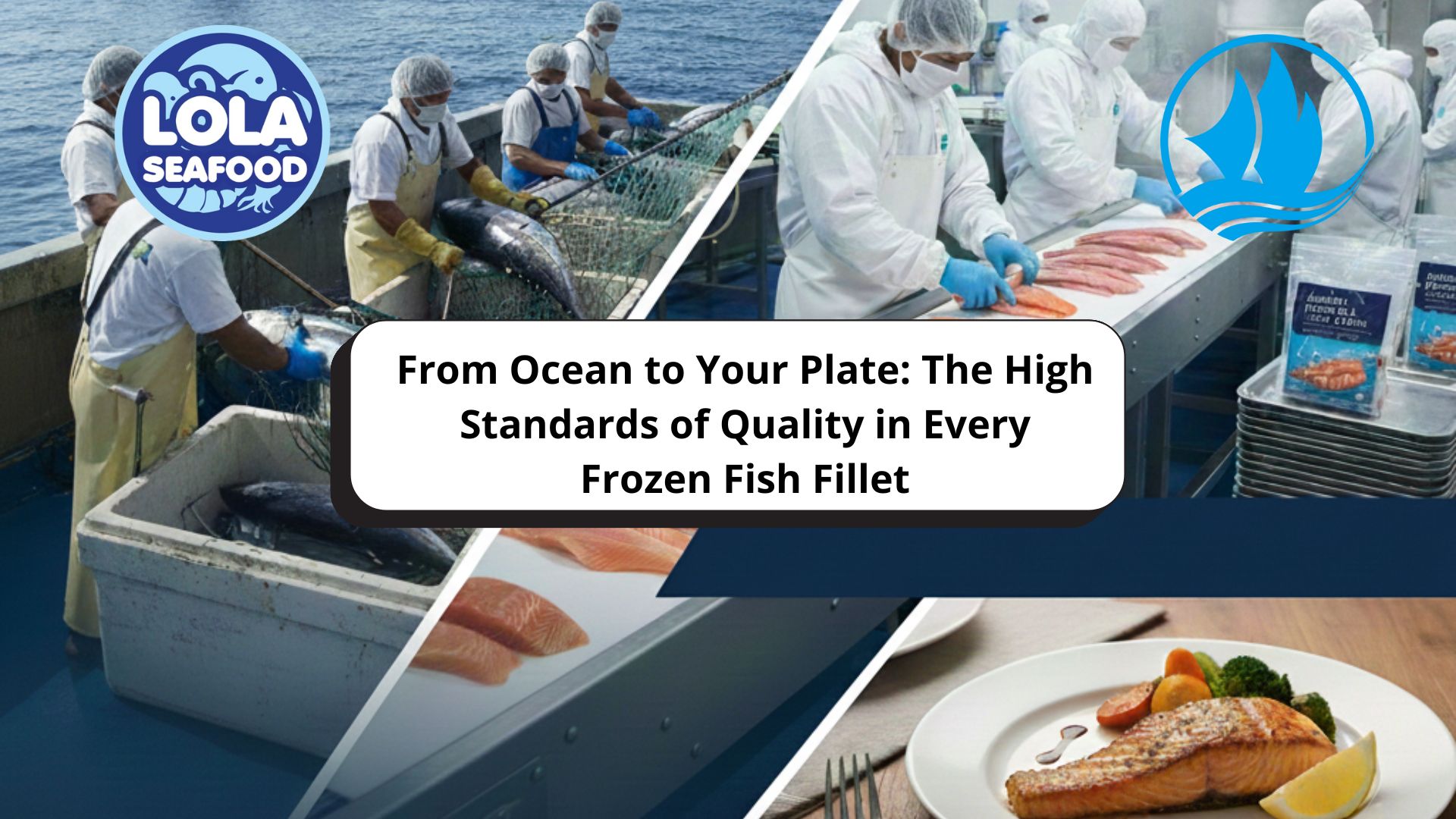
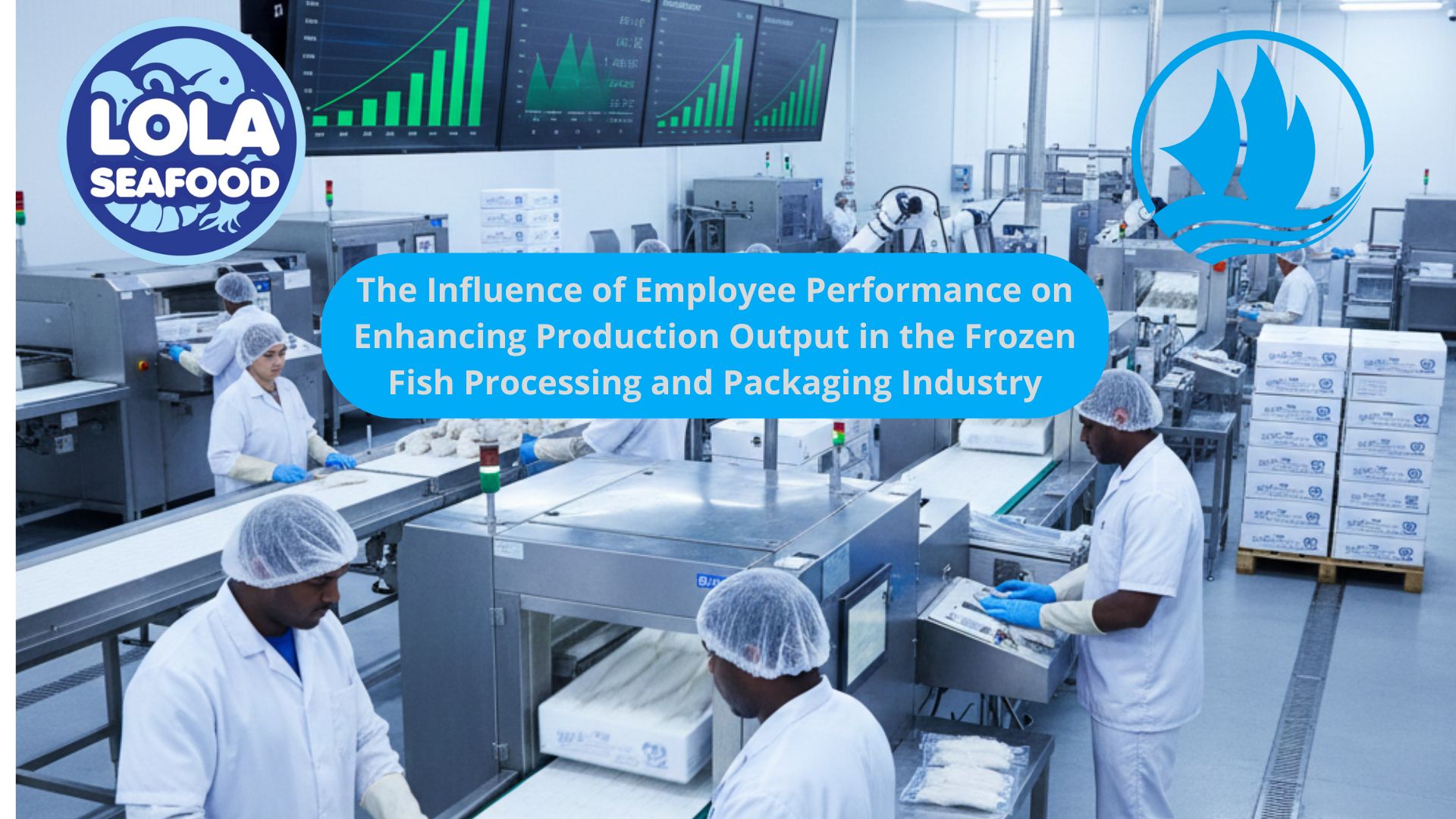
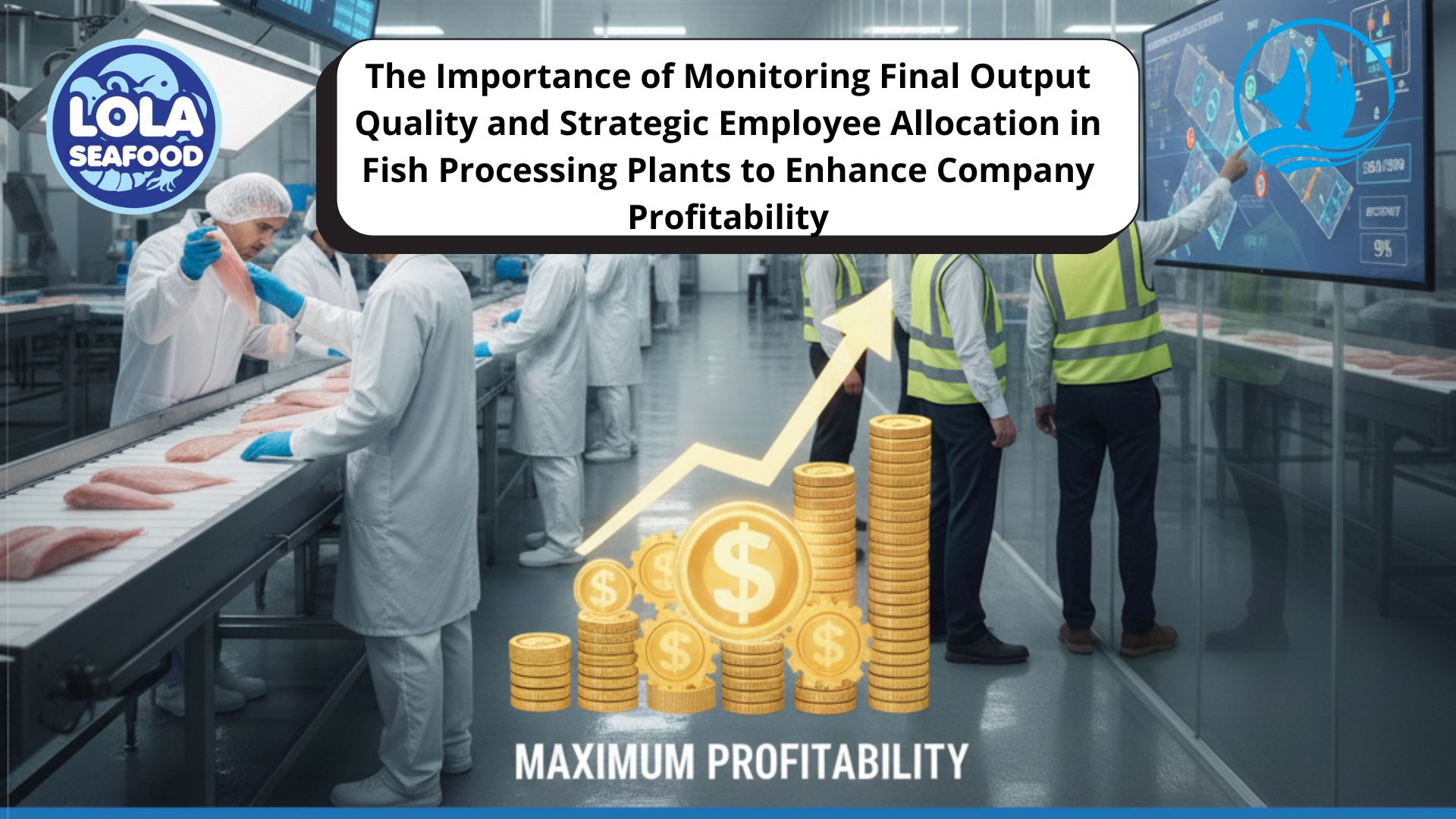
.jpg)
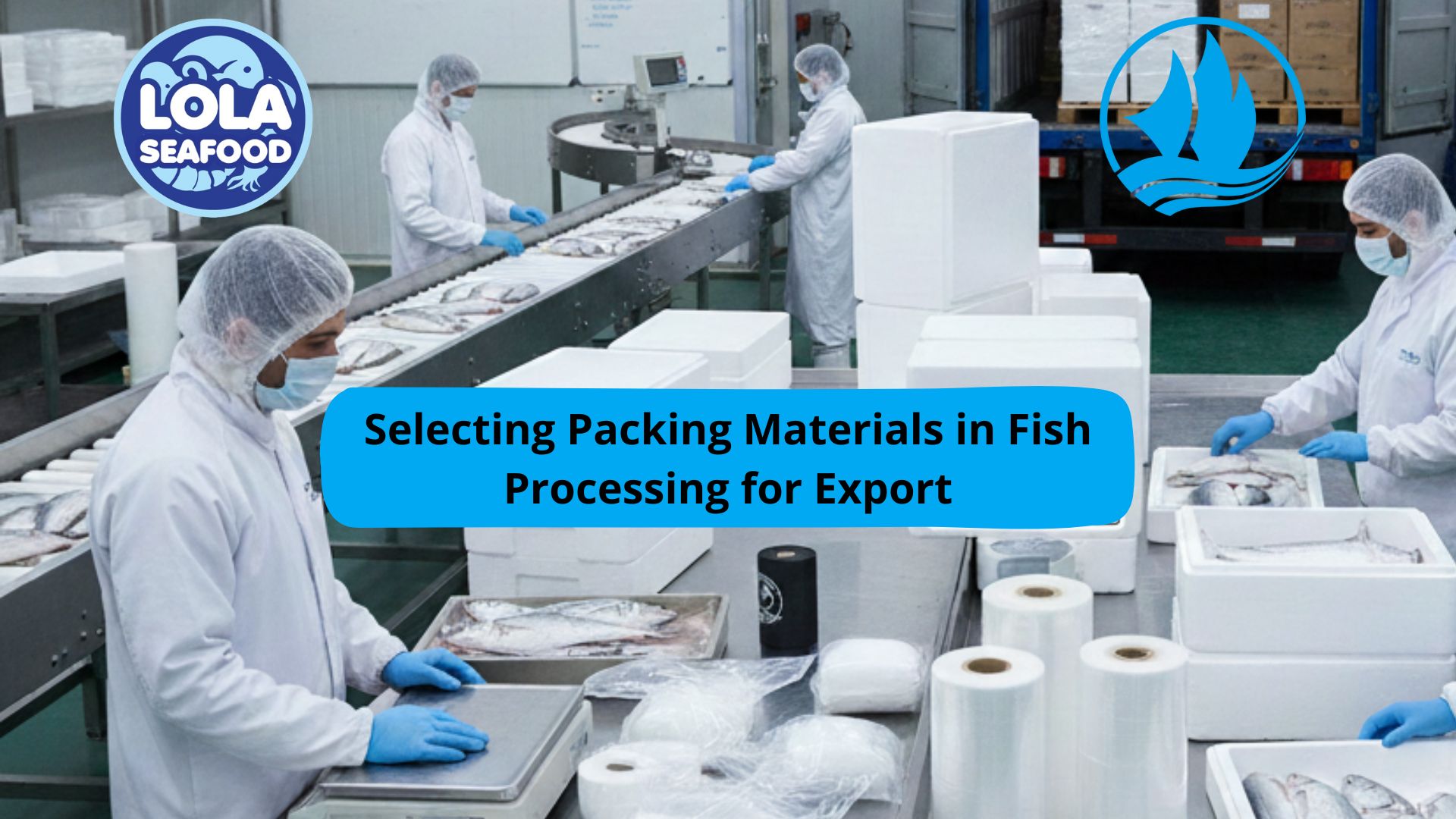
.jpg)
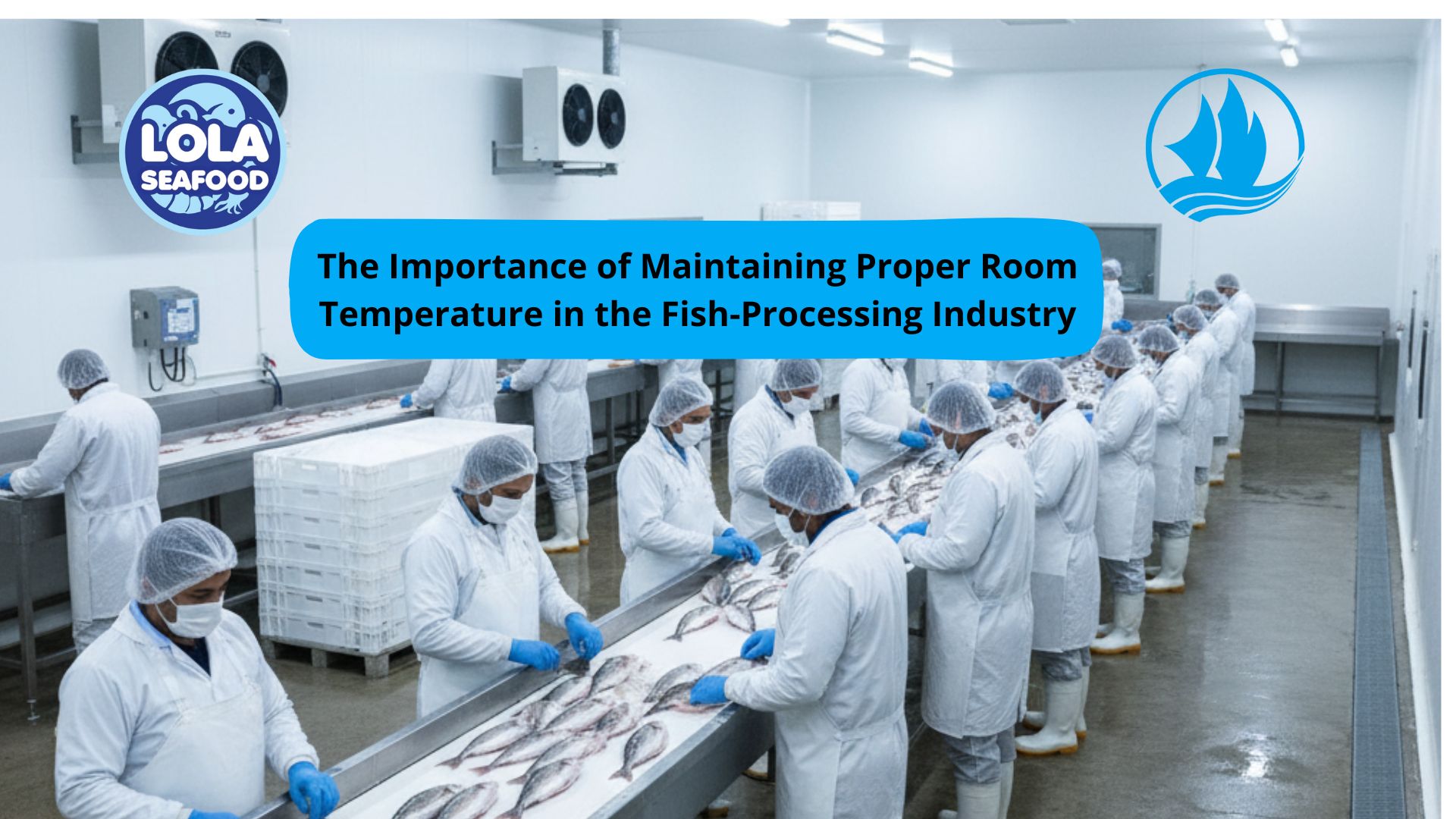
.jpg)